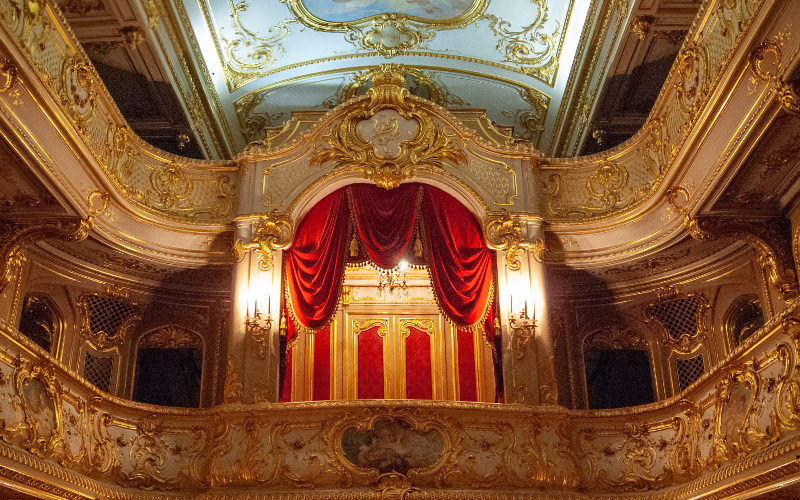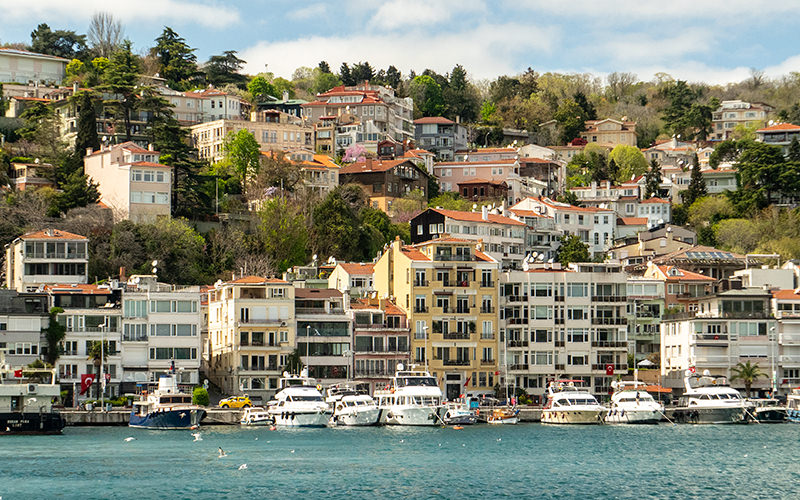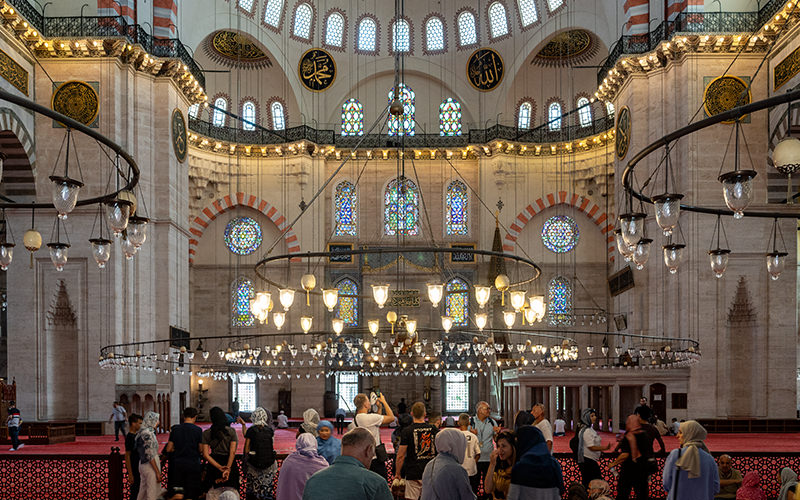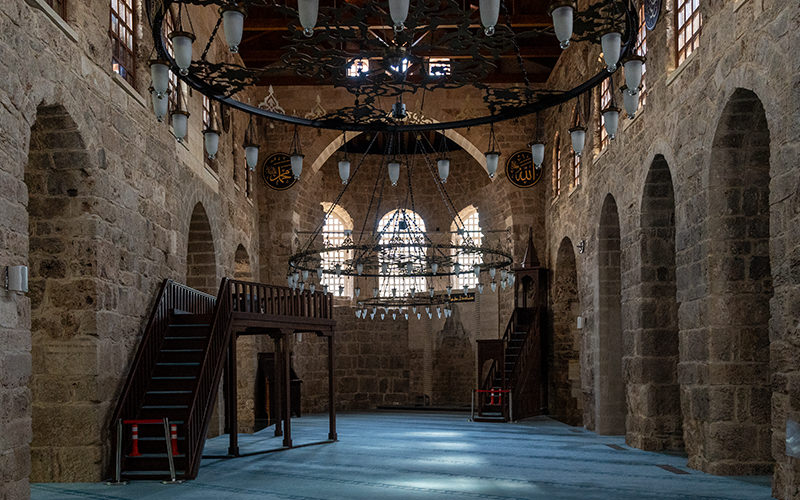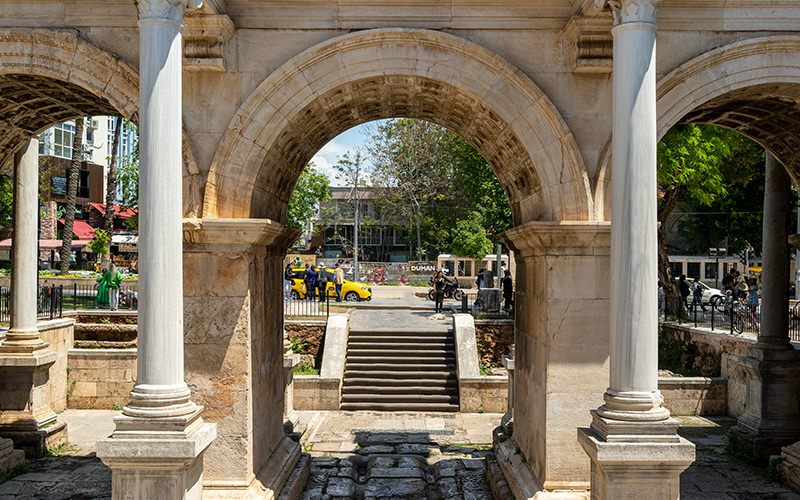The historical center of the popular Turkish city of Antalya, often referred to as the Old Town or Kaleici, is a network of small cozy streets filled with numerous shops, cafes, and historical monuments. Today, I would like to introduce you to one of its landmarks - the Hidirlik Tower. What makes this structure fascinating is that it was built around 2000 years ago.
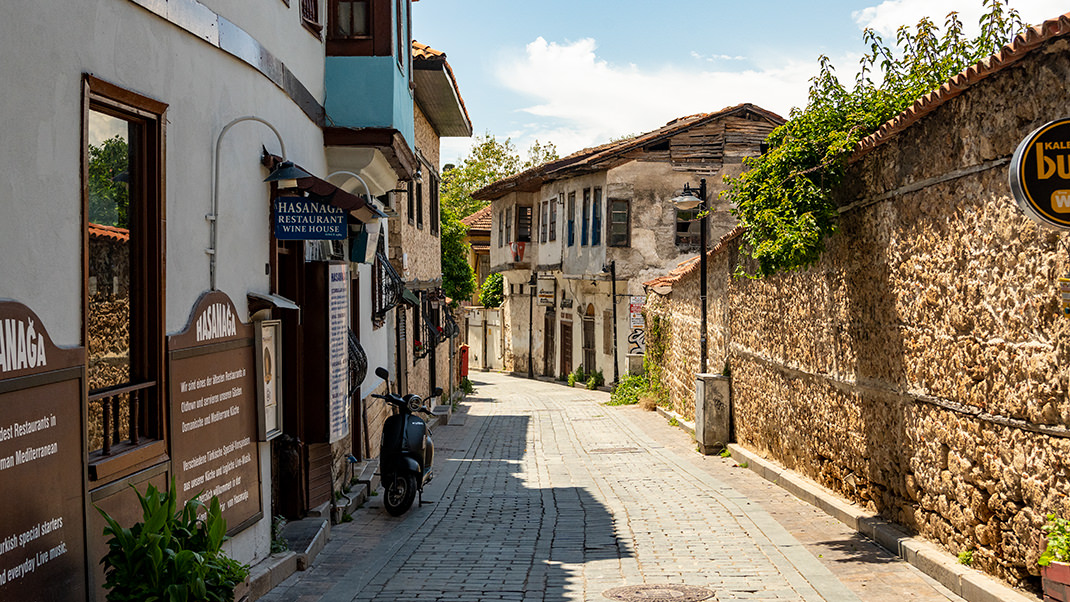
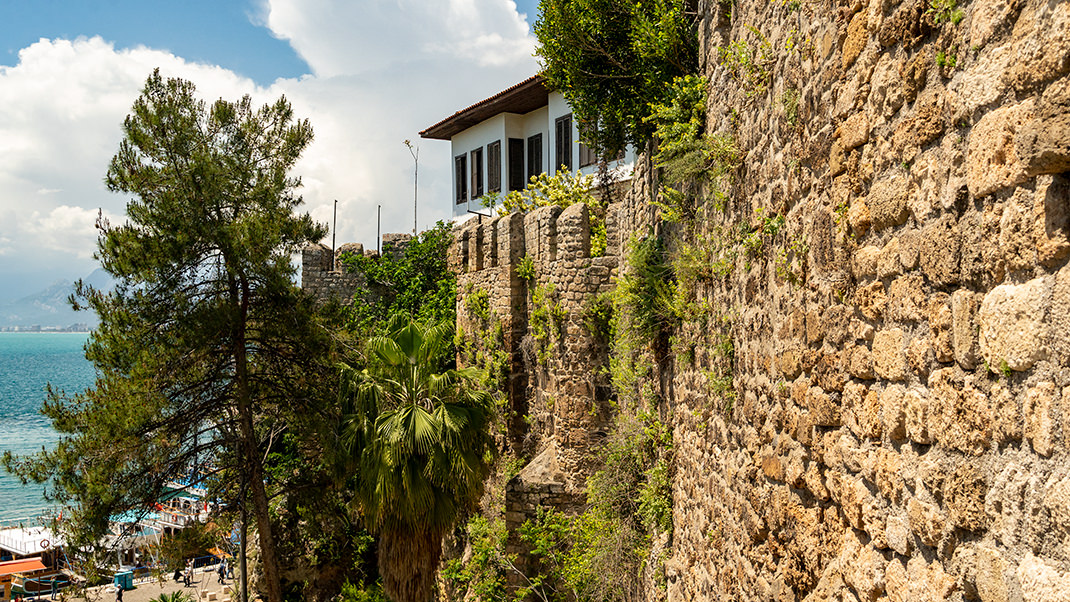
How to Get There
The Hidirlik Tower is situated along the coastal line of the central part of the city. It is convenient to reach on foot from the tram stops İsmetpaşa (T1 line) and Üç Kapılar (T2 line).
You can plan your route to include another interesting monument in Antalya - the Hadrian's Gate. After passing through its arches, head towards the sea along Hesapçı Street without turning anywhere.
During my stroll, the tower was closed to visitors, with ongoing archaeological excavations nearby. After exploring this historical site, you can venture to discover other interesting places in the area, as there is no shortage of them.
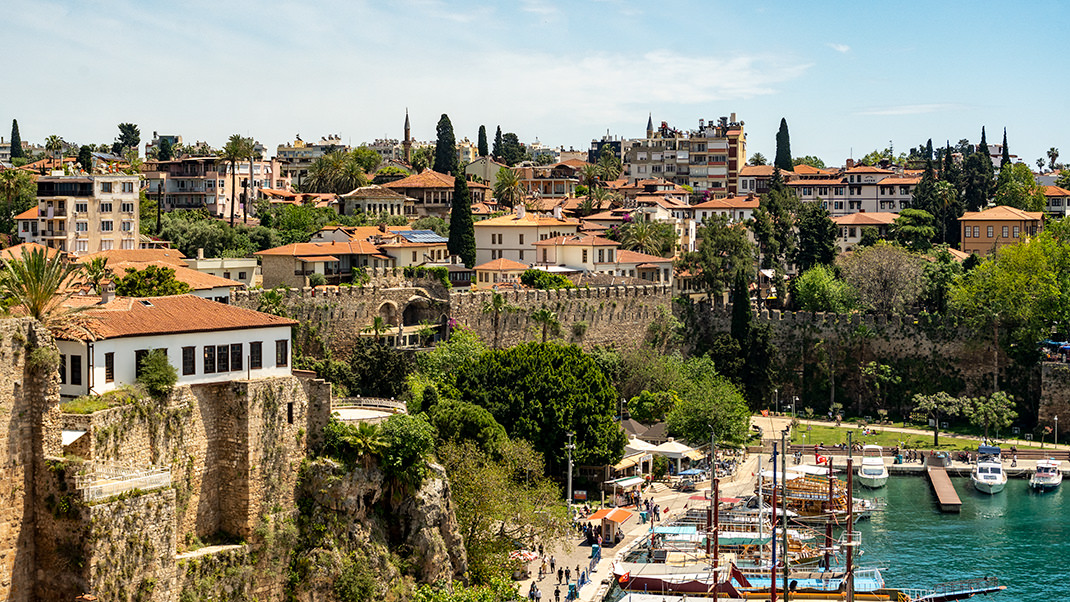
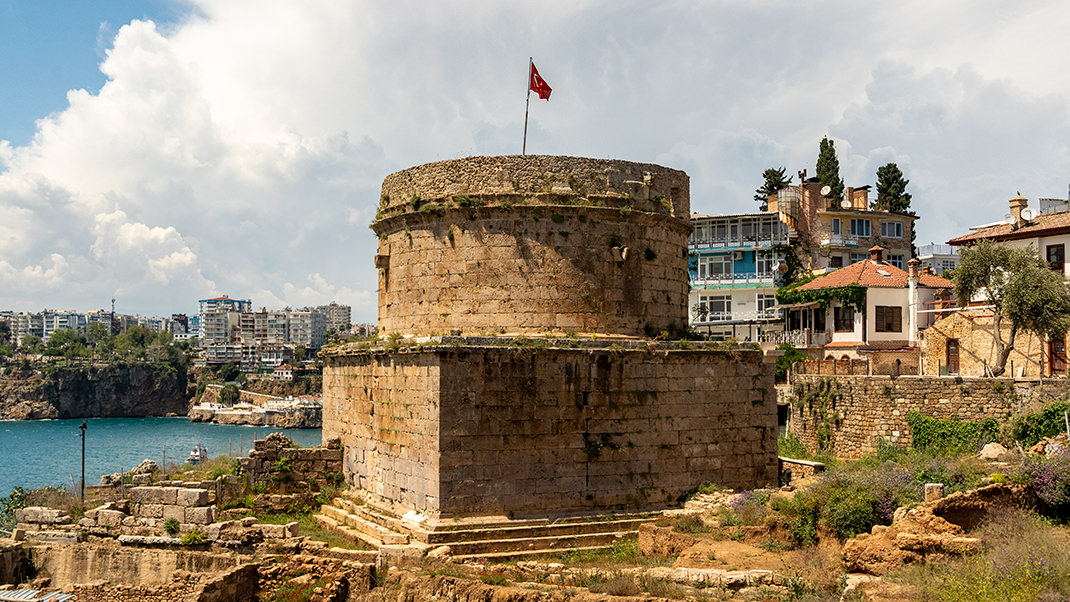
A Bit of History
Antalya was founded as a seaside port city in the 2nd century BCE. Walking through the historical center, tourists will frequently encounter remnants of ancient structures. The ancient fortress walls are particularly prominent, visible from the upper platform of a panoramic elevator in the northern part of the harbor.
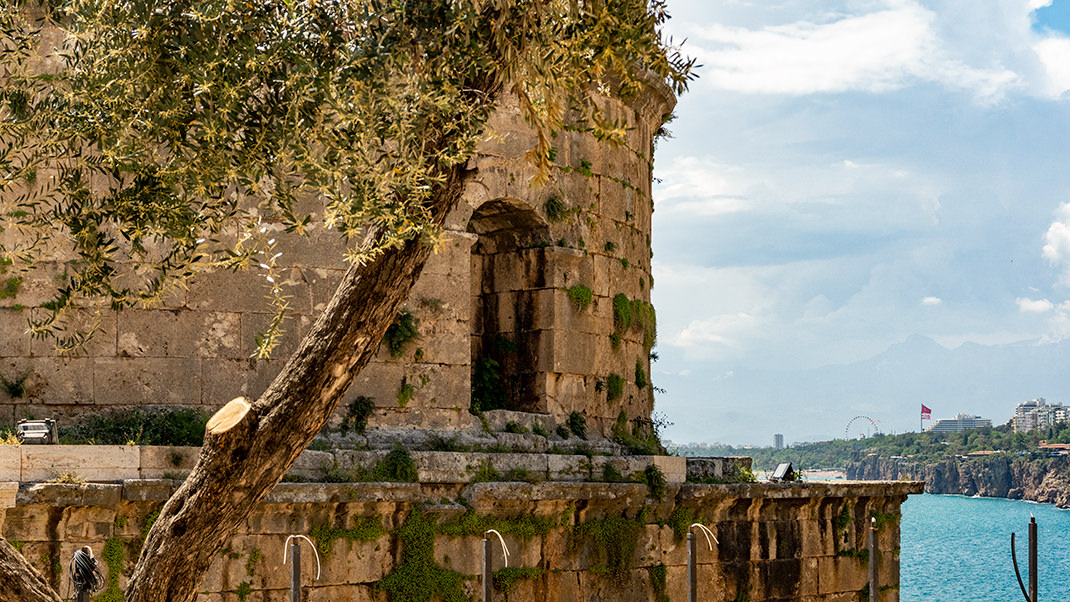
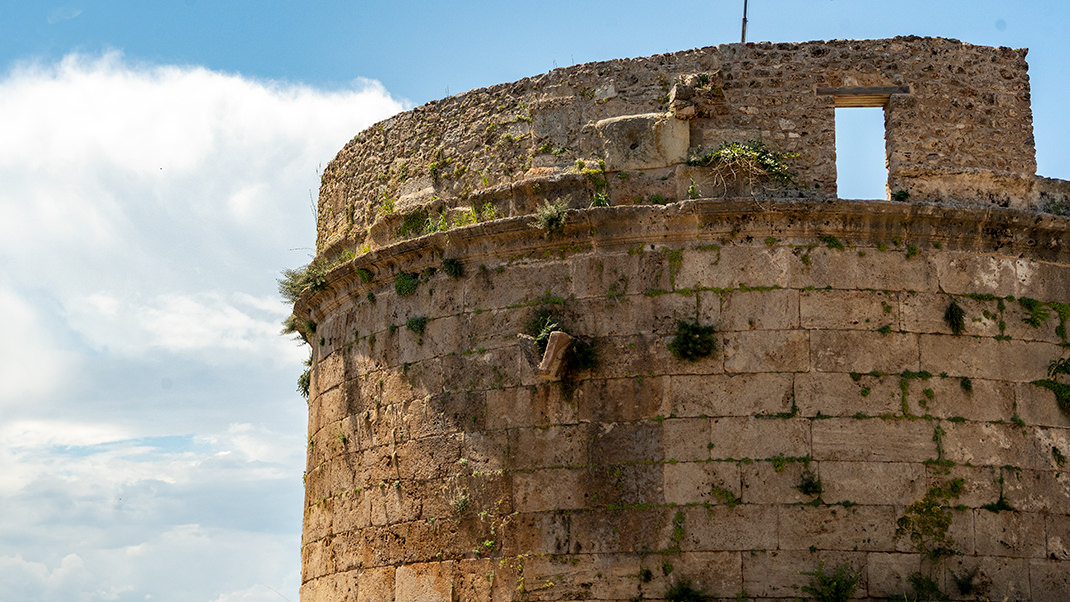
The fortress walls are contemporaries of the city, initiated during Antalya's foundation. Over time, the constructions underwent multiple reconstructions and expansions. It is known that there were about 60 towers. In the 13th century, the wall line was complemented by an inner perimeter. I encountered a similar structure, with two rows of defensive structures, during a stroll near the walls of Constantinople.
The Hidirlik Tower is a short distance from the city harbor. The Hesapçı Street leading to it from Hadrian's Gate was the main city road in ancient times.
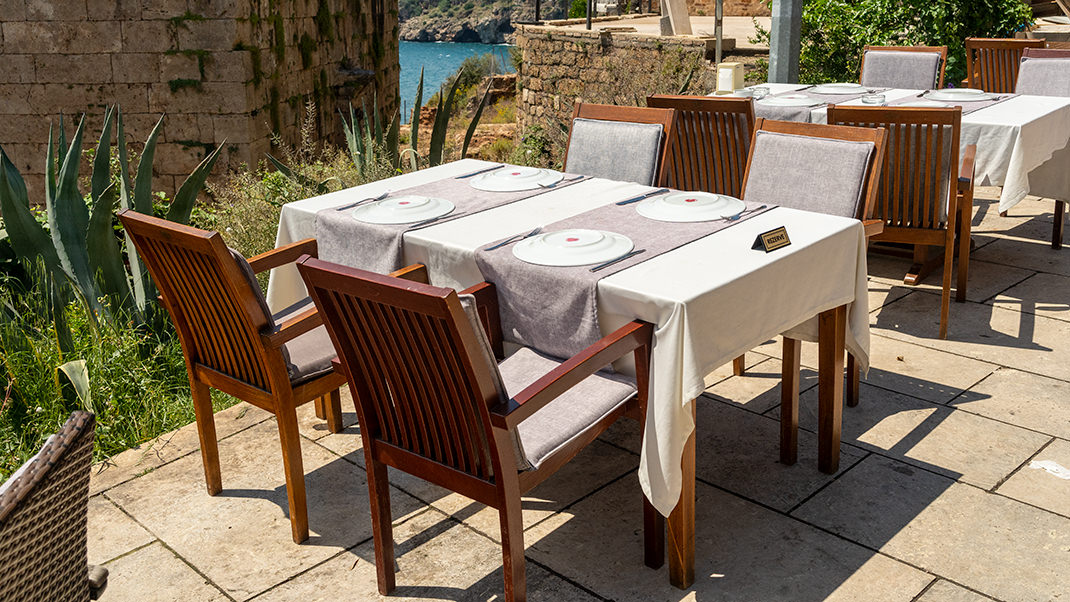
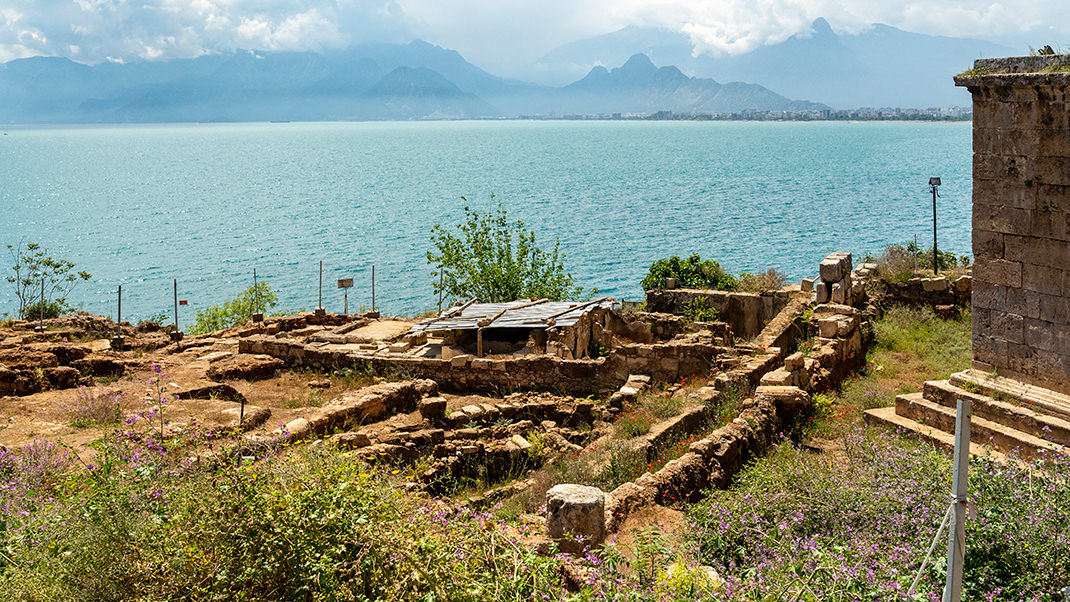
The two-story Hidirlik Tower was built in the 1st or 2nd century CE. Inside the structure, there is a cross-shaped chamber accessed through a corridor. It is believed that the tower was erected as a massive tomb. According to historians, the building was constructed for the family of a Roman consul.
During the Byzantine era, the Hidirlik Tower became part of the city's defensive fortifications.
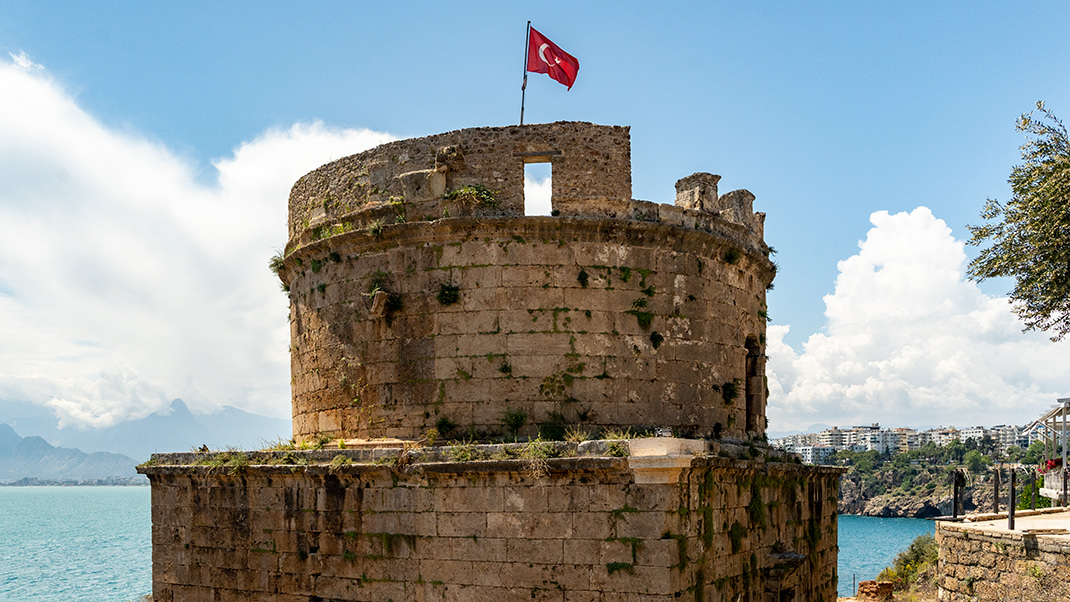
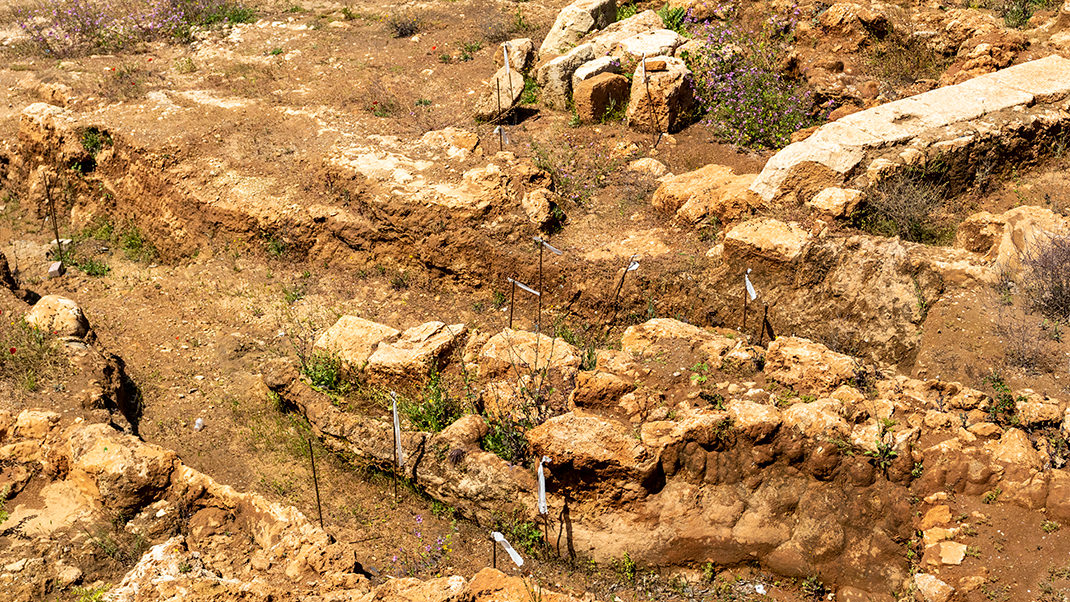
It is unknown whether further restoration of the building and the establishment of a museum inside are planned. Despite tourists being unable to enter this ancient monument, it is worth visiting to enjoy the views of the azure bay and the mountains on the horizon.
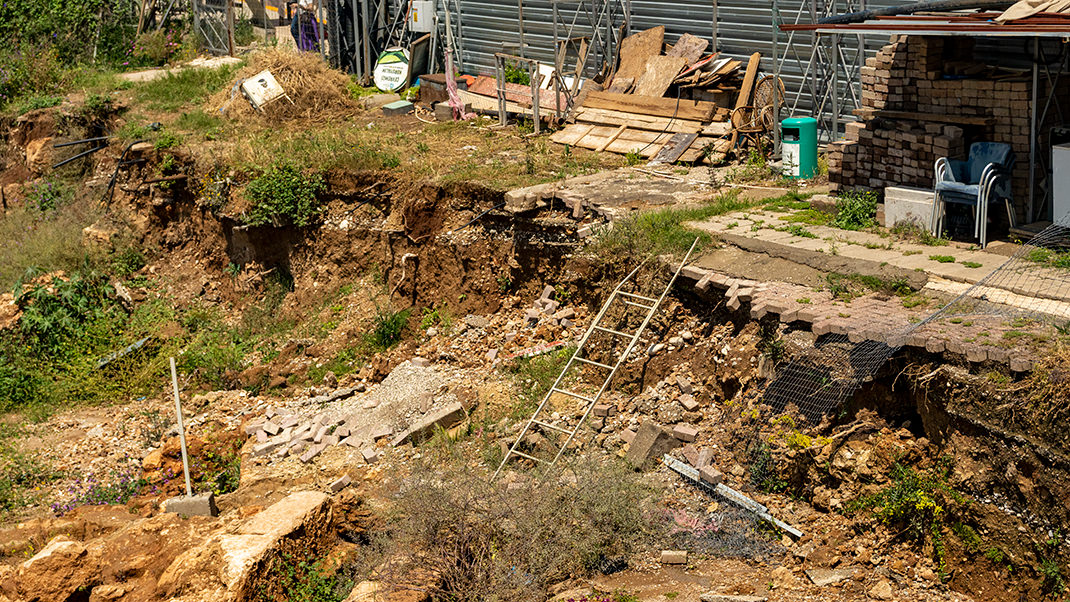
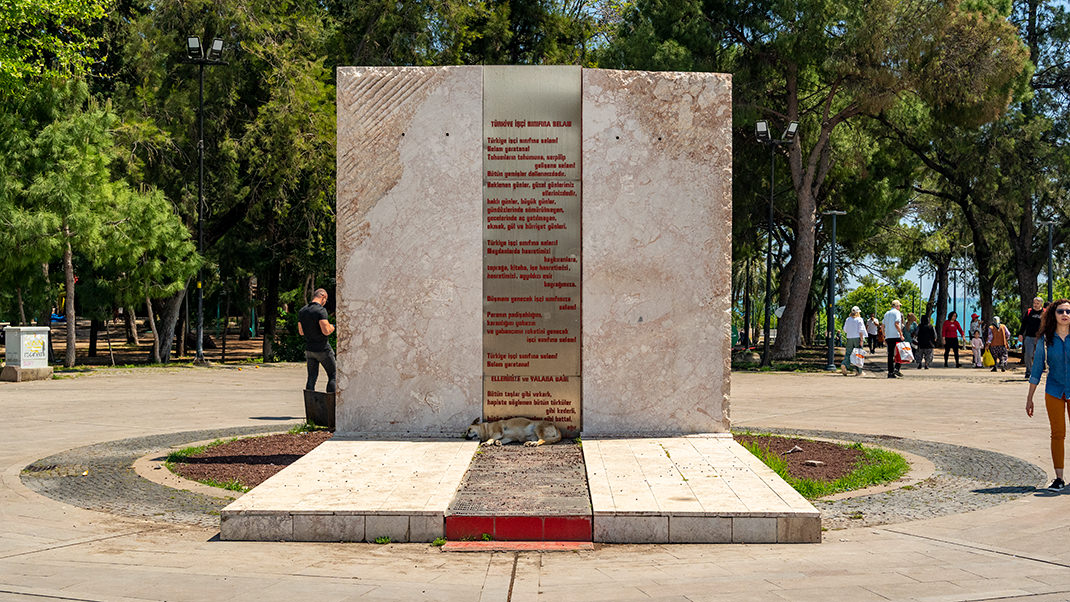
The next two parts of the Antalya series will be dedicated to a trip to the Duden Waterfalls of the city.
Have a nice trip!


